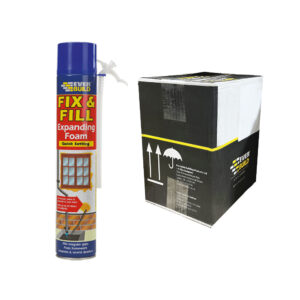Fibreglass Flat Roofing
-

Code 4 Cast Lead – 210mm x 3m
£37.13 Incl VAT £30.94 Excl VAT Add to basket -

FloPlast Round 92½° Bend – White
£2.74 Incl VAT £2.28 Excl VAT Add to basket -
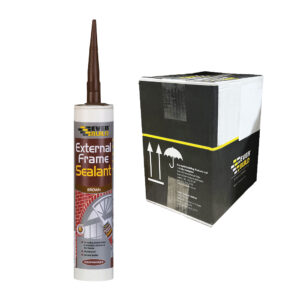
Everbuild External Frame Sealant – Brown 290ml (Box of 12)
£25.20 Incl VAT £21.00 Excl VAT Add to basket -
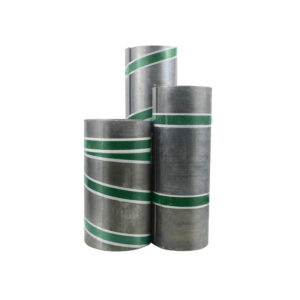
ALM Code 3 Milled Lead – 240mm x 3m
£31.15 Incl VAT £25.96 Excl VAT Add to basket -
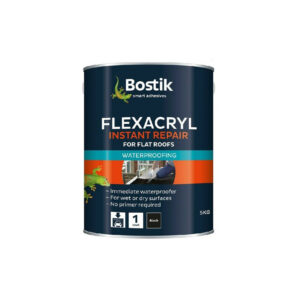
Bostik Flexacryl Roof Repair Paint – 1kg
From: £19.99 Incl VAT £16.66 Excl VAT Select options This product has multiple variants. The options may be chosen on the product page
Fibreglass Flat Roofing
Fibreglass is a versatile material made of plastic and glass fibres. It’s a popular choice for flat roofing because of its waterproof nature, supreme durability and ease of adjusting to a specific roof. Fibreglass isn’t a cheap temporary measure – it’s an investment in a roof that can last for decades with proper maintenance.
How is a fibreglass roof installed?
Fibreglass is installed in a three-layer manner, starting with a coat of resin, then a layer of GRP matting, then a top coat resin.
What is the purpose of the initial coat of resin?
The initial coat of resin is applied to the surface that the fibreglass will be installed on – ideally, timber decking. It is done to create a solid, totally smooth surface for the fibreglass matting to be placed on.
What is the purpose of the GRP matting? What is GRP?
GRP is just another name for a specific kind of fibreglass often used in a roofing context: glass-reinforced polyester. This is what the matting that forms the middle layer of a fibreglass roof is made out of. The GRP matting forms the main bulk of the fibreglass installation. After the matting is put in the top coat is applied.
What is the purpose of the top coat resin?
The topcoat forms the final, protective layer. It can be pigmented in order to achieve a specific colour – it will be what people see when they see the roof after all.
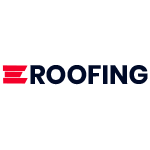
 Code 5 Cast Lead - 1200mm x 3m
Code 5 Cast Lead - 1200mm x 3m 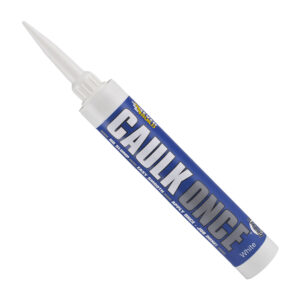 Everbuild Caulk Once – White 380ml
Everbuild Caulk Once – White 380ml 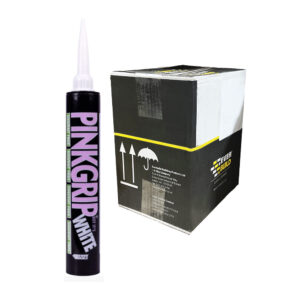 Everbuild Pinkgrip SF But It’s White – 380ml (Box of 12)
Everbuild Pinkgrip SF But It’s White – 380ml (Box of 12) 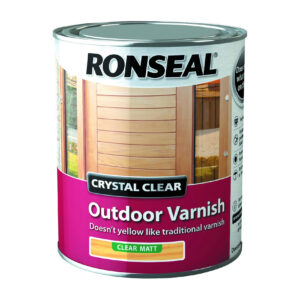 Ronseal Crystal Clear Outdoor Varnish - Matt 750ml
Ronseal Crystal Clear Outdoor Varnish - Matt 750ml  Timloc Plain Tile Vent Terracotta (Box of 14)
Timloc Plain Tile Vent Terracotta (Box of 14)  Samac Snowguard - 225mm x 2m
Samac Snowguard - 225mm x 2m 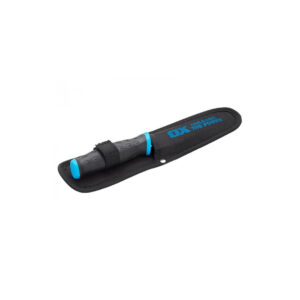 OX Pro Jab Saw - 6.5" / 165mm & Holster Pack
OX Pro Jab Saw - 6.5" / 165mm & Holster Pack 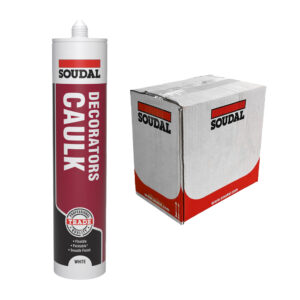 Soudal Decorators Caulk – White 290ml (Box of 24)
Soudal Decorators Caulk – White 290ml (Box of 24) 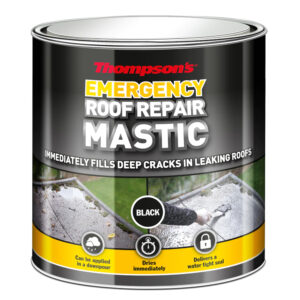 Thompson's Emergency Roof Repair Mastic - Black 750ml
Thompson's Emergency Roof Repair Mastic - Black 750ml 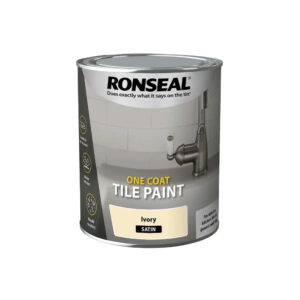 Ronseal One Coat Water-Based Tile Paint - Ivory Satin 750ml
Ronseal One Coat Water-Based Tile Paint - Ivory Satin 750ml 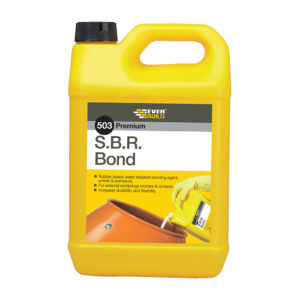 Everbuild 503 SBR Bond – 5 Litre
Everbuild 503 SBR Bond – 5 Litre  Cromar ProRidge Universal Ridge System 3m Kit
Cromar ProRidge Universal Ridge System 3m Kit 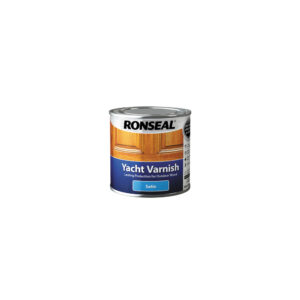 Ronseal Exterior Yacht Varnish - Satin 250ml
Ronseal Exterior Yacht Varnish - Satin 250ml  Bond It Saves Nails Solvent-Free - White EU3
Bond It Saves Nails Solvent-Free - White EU3 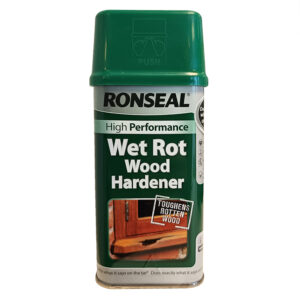 Ronseal Wet Rot Wood Hardener - 250ml
Ronseal Wet Rot Wood Hardener - 250ml 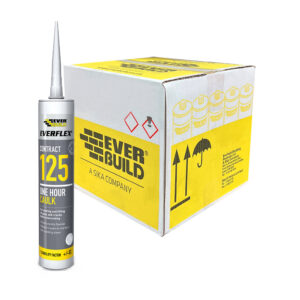 Everflex Contract 125 One Hour Caulk, Brown - 300ml (Box of 25)
Everflex Contract 125 One Hour Caulk, Brown - 300ml (Box of 25)  Code 8 Cast Lead - 360mm x 6m
Code 8 Cast Lead - 360mm x 6m 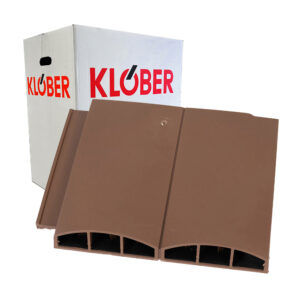 Klober Profile-Line Twin Plain Tile Vent - Brown KG9861-0247 (Box of 10)
Klober Profile-Line Twin Plain Tile Vent - Brown KG9861-0247 (Box of 10) 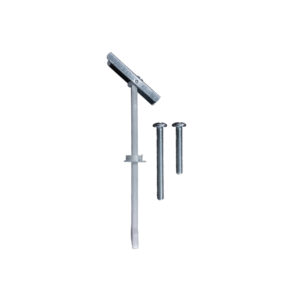 Timco M6 Zip-Fix Cavity Wall Fixings - 10 Pieces
Timco M6 Zip-Fix Cavity Wall Fixings - 10 Pieces 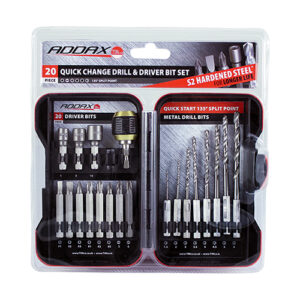 Timco Driver and Ground Jobber Bit Set
Timco Driver and Ground Jobber Bit Set 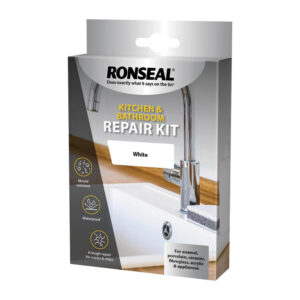 Ronseal Kitchen & Bathroom Repair Kit
Ronseal Kitchen & Bathroom Repair Kit 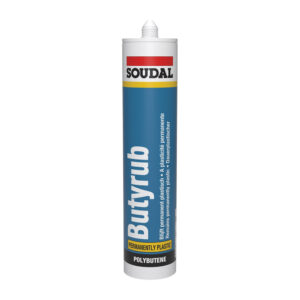 Soudal Butyrub Non-Setting Mastic - Black 300ml
Soudal Butyrub Non-Setting Mastic - Black 300ml  FloPlast Half Round Gutter 135° - White
FloPlast Half Round Gutter 135° - White 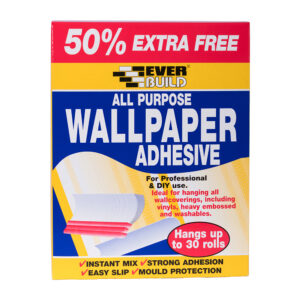 Everbuild All Purpose Wallpaper Paste (Hangs 30 Rolls)
Everbuild All Purpose Wallpaper Paste (Hangs 30 Rolls)  Timco Heavy-Duty Tarpaulin - 2m x 3m
Timco Heavy-Duty Tarpaulin - 2m x 3m  Chesterfelt Shed Roofing Felt - Green Standard 10m
Chesterfelt Shed Roofing Felt - Green Standard 10m  Bond It Cyanoacrylate Superglue Hi Viscosity - Clear 50g
Bond It Cyanoacrylate Superglue Hi Viscosity - Clear 50g 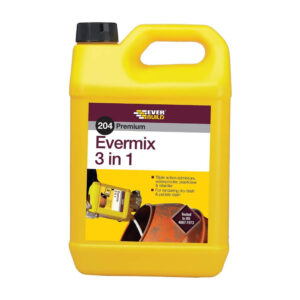 Everbuild 204 Evermix 3 in 1 - 5 Litre
Everbuild 204 Evermix 3 in 1 - 5 Litre 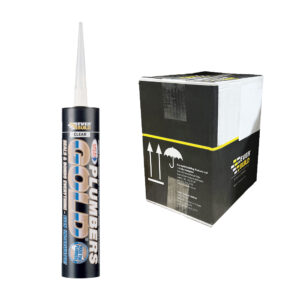 Everbuild Plumbers Gold Sealant – Clear 290ml (Box of 12)
Everbuild Plumbers Gold Sealant – Clear 290ml (Box of 12)  Timco Impact Driver Bit Set
Timco Impact Driver Bit Set 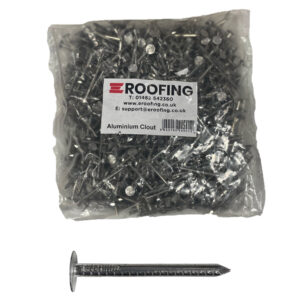 Samac Aluminium Clout - 1kg (40mm x 2.65mm)
Samac Aluminium Clout - 1kg (40mm x 2.65mm) 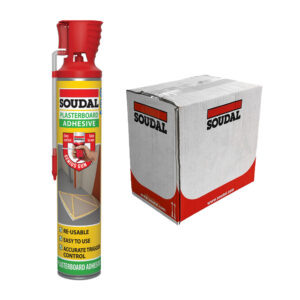 Soudal Genius Gun Plasterboard Adhesive - 750ml (Box of 12)
Soudal Genius Gun Plasterboard Adhesive - 750ml (Box of 12) 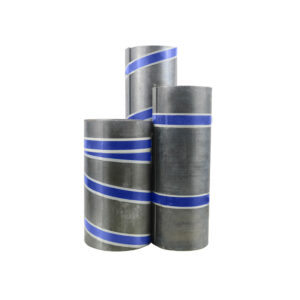 ALM Code 4 Milled Lead - 240mm x 3m
ALM Code 4 Milled Lead - 240mm x 3m  Everbuild 701 Non-Slip Tile Adhesive – White 3.75kg
Everbuild 701 Non-Slip Tile Adhesive – White 3.75kg 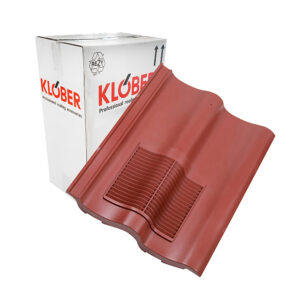 Klober Double Pantile Vent - Antique Red KG9858-3-0116 (Box of 10)
Klober Double Pantile Vent - Antique Red KG9858-3-0116 (Box of 10) 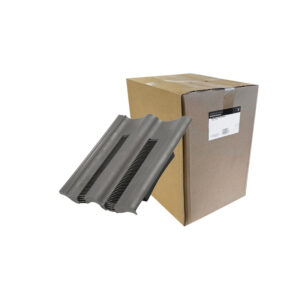 Hambleside Danelaw Double Pantile Vent TV15/2 - Slate Grey (Box of 5)
Hambleside Danelaw Double Pantile Vent TV15/2 - Slate Grey (Box of 5) 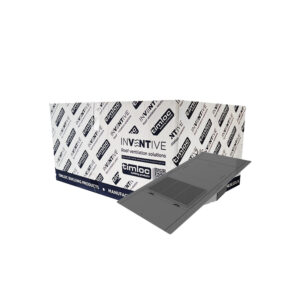 Timloc Inline Slate Vent Black (Box of 5)
Timloc Inline Slate Vent Black (Box of 5) 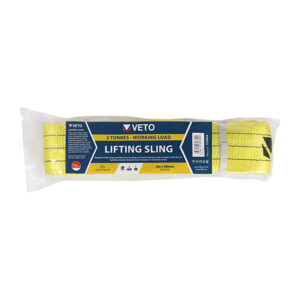 Timco Lifting Sling 3000kg Limit - 2m x 90mm
Timco Lifting Sling 3000kg Limit - 2m x 90mm 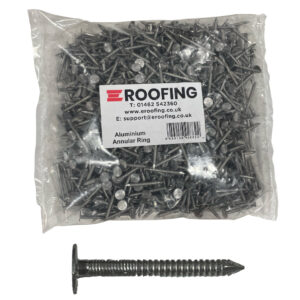 Samac Aluminium Annular Ring Nails - 1kg (70mm x 3.35mm)
Samac Aluminium Annular Ring Nails - 1kg (70mm x 3.35mm) 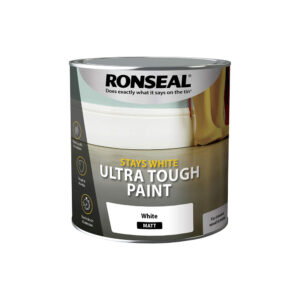 Ronseal Stays White Ultra Tough White Matt Paint - 750ML
Ronseal Stays White Ultra Tough White Matt Paint - 750ML  Easy-Trim Universal Dry Verge System - Terracotta
Easy-Trim Universal Dry Verge System - Terracotta 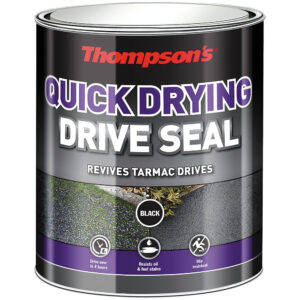 Thompson's Drive Seal - Black 5L
Thompson's Drive Seal - Black 5L  Code 6 Cast Lead - 1200mm x 6m
Code 6 Cast Lead - 1200mm x 6m 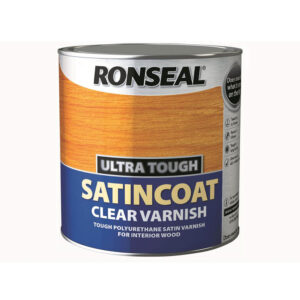 Ronseal Ultra Tough Satincoat Clear Varnish - 2.5L
Ronseal Ultra Tough Satincoat Clear Varnish - 2.5L 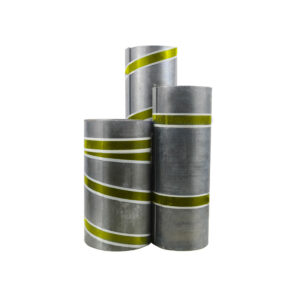 ALM Code 7 Milled Lead - 210mm x 3m
ALM Code 7 Milled Lead - 210mm x 3m 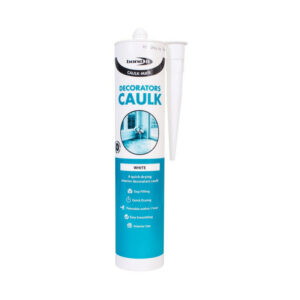 Bond It Caulk-Mate One Hour Decorators Caulk - White EU4
Bond It Caulk-Mate One Hour Decorators Caulk - White EU4 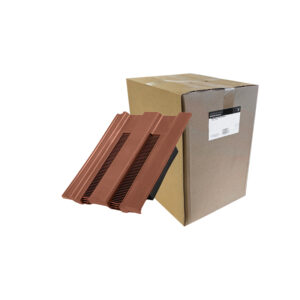 Hambleside Danelaw TV15/4 Tile Vent - Antique Red (Box of 5)
Hambleside Danelaw TV15/4 Tile Vent - Antique Red (Box of 5) 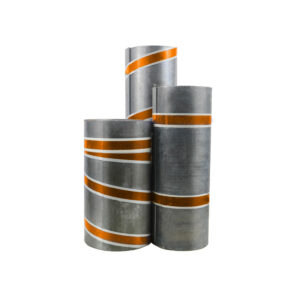 ALM Code 8 Milled Lead - 390mm x 3m
ALM Code 8 Milled Lead - 390mm x 3m  Timco FirmaHold Brad Austenitic Stainless Steel Nails - 16G x 50mm (Qty 2000)
Timco FirmaHold Brad Austenitic Stainless Steel Nails - 16G x 50mm (Qty 2000) 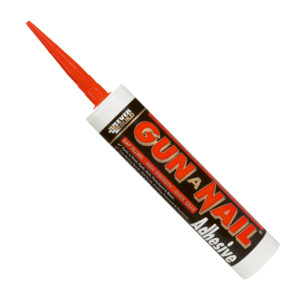 Everbuild Gun A Nail Standard – White 310ml
Everbuild Gun A Nail Standard – White 310ml 